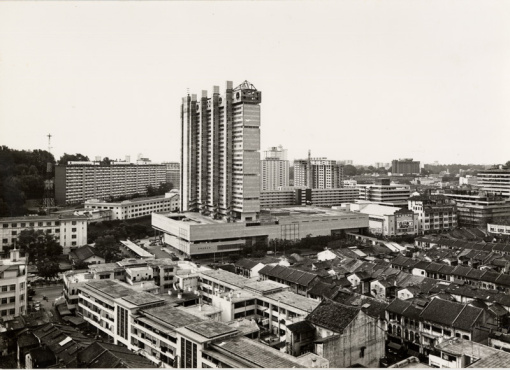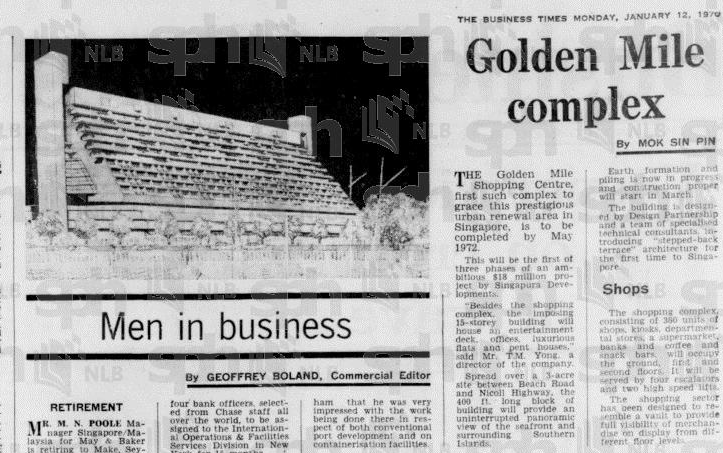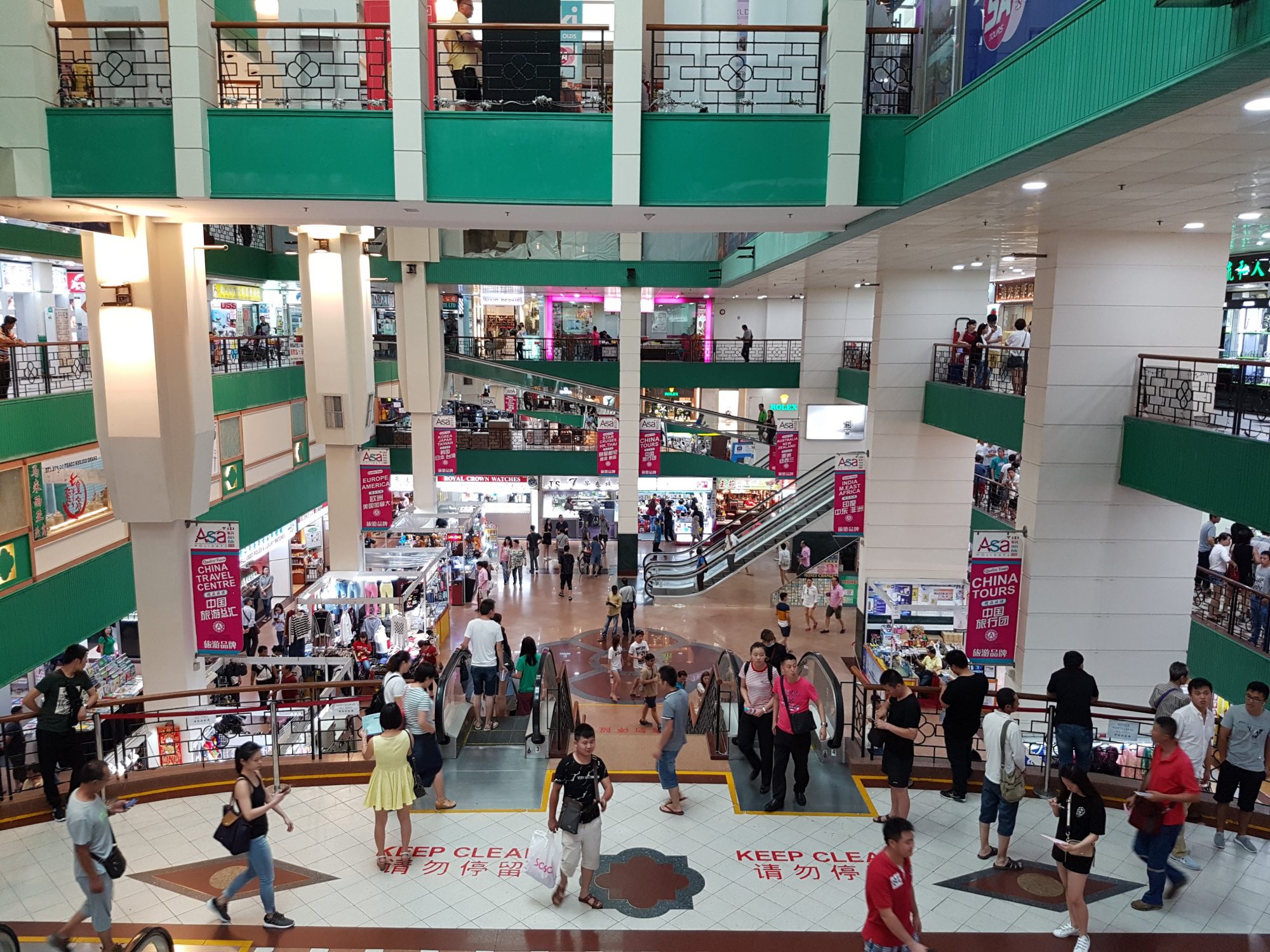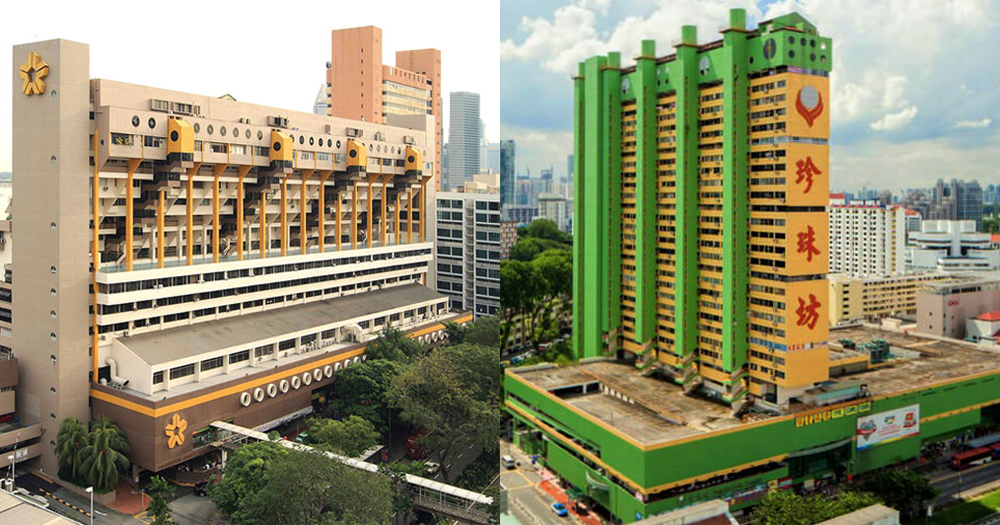Following the sale of former architectural marvel Pearl Bank Apartments to private developer CapitaLand, it has emerged that three other Brutalist-inspired buildings in Singapore are likely to undergo collective sales as well soon.
They are Golden Mile Complex, Golden Mile Centre, and People's Park Complex. All three either have or are in the midst of forming a collective sales committee.
Government Land Sales Programme
These developments were constructed as part of the Government Land Sales Programme in 1967.
Parcels of land were sold in order to develop the tourism industry, support economic growth, and aid in national planning.
The sites for the Golden Mile developments and People's Park Complex were earmarked for mix-used development (meaning shopping and residential) to revitalise the area.
Under this programme, the government only releases leasehold land that will go back to the State after a period of time, ranging from 20 to 99 years.
The Singapore Land Authority says that this allows the state to "reallocate land to meet the changing social and economic needs in land-scarce Singapore when leases expire".
So, why is it that all of a sudden, a whole slew of Brutalist developments are being sold off?
1. Architectural style at odds with the present
Pearl Bank Apartments, Golden Mile Complex, Golden Mile Centre, and People's Park Complex were completed between 1973 and 1976 -- about a decade after Singapore gained independence.
It might not seem like it now, but these buildings were tall, monumental structures at that time and embodied the values of pragmatism, strength, and social equality.
They were visual symbols for a newly independent country.
 People's Park Complex in 1973. It was the biggest shopping/residential development of its time.
People's Park Complex in 1973. It was the biggest shopping/residential development of its time.
However, over time, this architectural style went out of favour. What was once deemed icons of the future became the de facto places for small travel agencies and seedy KTV joints.
 A newspaper advertisement for Golden Mile Complex boasted "luxurious flats and penthouses". Via NewspaperSG.
A newspaper advertisement for Golden Mile Complex boasted "luxurious flats and penthouses". Via NewspaperSG.
Today, many people see these places as an eyesore, particularly if you were to compare them to newer, shinier developments.
In 2006, Nominated Member of Parliament (NMP) Ivan Png called Golden Mile a “vertical slum” and “national disgrace”.
And speaking of time...
2. Halfway through land lease
People's Park Complex has another 49 years left out of its 99-year lease. Both Golden Mile Complex and Golden Mile Tower have another 50 years each left on their 99-year lease.
According to the Singapore Land Authority (SLA), the leasehold value of properties that have 50 years left on their lease term are only about 74 percent of their freehold value.
Coupled with an increasing rate of depreciation of property value as leases shorten, it's no wonder most owners in these developments want to get rid of their units.
[related_story]
3. Aging facilities are expensive to maintain
From musty air-conditioning to dismal toilet plumbing systems, there is a whole host of problems that come with being a 40-year-old property.
These incur additional costs for the owners, which they would want to pass on to buyers.
 Interior of People's Park Complex.
Interior of People's Park Complex.
"Just like an ageing person, an old building will have its issues. As long as the selling price is reasonable, it can move undecided owners."
- People's Park Complex shop owner interviewed by The Straits Times:
When the news of the sale of Pearl Bank Apartments broke, an ex-tenant gave her first hand account of the decrepit conditions that included problematic elevators, falling bits of plaster, cockroach infestations, and water piping problems.
These factor made living in Pearl Bank Apartments "increasingly unliveable".
Maintaining these aging facilities regularly would incur costs for the owners.
While upgrading these facilities and/ or conservation are options that can be considered, they are usually cost-prohibitive or, as demonstrated in the Pearl Bank Apartments sale, not viable structurally.
Bulldoze and rebuild?
According to a property consultant that The Straits Times interviewed, the easiest (or cheapest) solution would be to "bulldoze the buildings and rebuild them".
In the face of impeding demolition, there have been calls for the government to step in to conserve these buildings for their national/ architectural heritage.
As mentioned previously, to support conservation is to be increasingly on the right side of the discussion, with nary a thought for the people who would be actually living/ working in them.
Conservation for conservation's sake would be useless if only to leave them neglected again when all the hype dies down.
If you like what you read, follow us on Facebook, Instagram, Twitter and Telegram to get the latest updates.
